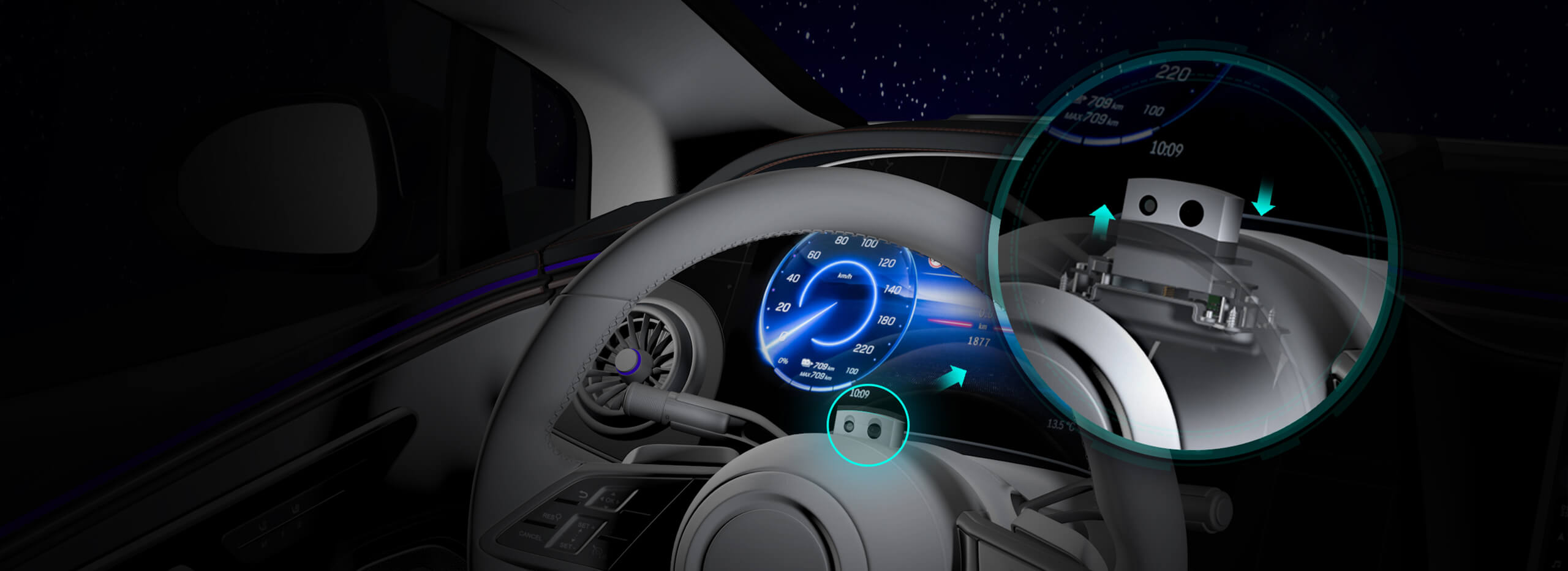Introduction: The Rise of Brushless Servo Motors in Sewing Machines
In recent years, sewing machine technology has undergone a significant transformation. Gone are the days when mechanical parts alone powered our trusty machines. Today, many sewing machines, especially high-end and industrial models, leverage advanced electronics—most notably, brushless servo motors. These motors have gained popularity thanks to their efficiency, quiet operation, and precise control. But to harness their full potential, understanding the intricacies of wiring these motors is key.

Why Choose a Brushless Servo Motor?
Before diving into wiring specifics, let's explore what makes brushless servo motors so appealing for sewing machines. Traditional brushed motors involve mechanical brushes that contact a commutator, which causes wear and tear over time. In contrast, brushless motors eliminate brushes, reducing maintenance, increasing longevity, and providing smoother and quieter operation.
Some noteworthy advantages include:
Enhanced precision: Brushless design allows for accurate speed and position control. Energy efficiency: They consume less power, making your sewing sessions longer and more consistent. Low noise levels: Ideal for home sewing environments or professional settings that demand minimum noise. Reduced heat generation: Less heat translates to durability and stability during extended use.
Understanding the Basic Wiring Components
At the heart of a brushless servo motor system are several key electrical components:
Power supply: Usually a low-voltage DC source. Controller: Manages motor operation, interpreting signals for speed, torque, and position. Hall sensors: Embedded within the motor to detect rotor position, essential for commutation. Wiring harness: Connects all components, enabling data and power transfer.
Proper wiring ensures these elements communicate effectively, leading to smooth stitching and consistent machine behavior.
Common Wiring Configurations
Most brushless servo motors for sewing machines come with a standardized wiring setup:
Three-phase power lines: Usually color-coded (e.g., black, red, blue) for U, V, W phases. Hall sensor wires: Often three or four wires; three for sensor signals, sometimes a common ground. Encoder or feedback wires: For more precise control, some motors include additional feedback routes. Power and ground wires: Connecting to the power source and earth ground if required.
It might seem intimidating at first, but understanding the connection points and following a step-by-step approach makes the process manageable.
Tools and Precautions Before Wiring
Before starting, gather essential tools:
Multimeter for continuity and voltage checks. Screwdrivers, wire strippers, and crimping tools. Appropriate gauge wires as recommended by the manufacturer. An electrical schematic specific to your motor model.
A few safety tips:
Disconnect power before handling wiring. Verify power capacity matches motor specifications. Use proper insulation to prevent short circuits. Follow manufacturer instructions carefully—skipping steps can lead to malfunction or damage.
Step-by-Step Wiring Process
Identify Motor Wires and Pins: Consult the datasheet or manual to label each wire—phase wires, Hall sensor wires, and power lines. Connect Power Supply: Attach the DC power source to the motor controller according to polarity—positive to positive, negative to negative. Wire the Three-Phase Lines: Connect the U, V, W phase wires from the motor to the controller's corresponding outputs. Hook Up Hall Sensors: Connect Hall sensor wires to the controller’s input ports, ensuring correct orientation according to polarity markings. Secure Ground Connections: Attach ground wires to appropriate grounding points for safety and noise reduction. Check Connections with a Multimeter: Confirm the absence of shorts and proper continuity. Test Run: Power up the system and observe motor behavior—smooth start-up and consistent movement signify proper wiring.
With these foundations, you’ll be well on your way to integrating a brushless servo motor into your sewing machine.
Troubleshooting Common Wiring Issues
Even with careful wiring, issues can arise. Here are some common problems and how to address them:
Motor not starting or erratic movement: Verify all connections against the schematic. Loose wires or incorrect hookups are typical culprits. Unusual noise or vibrations: Could indicate wiring interference or misaligned Hall sensor connections. Recheck sensor wiring and placement. Overheating: May result from incorrect phase wiring leading to excessive load. Confirm phase sequence and ensure correct wiring. Error codes on controller: Consult the manual for error definitions—often caused by wiring mismatches or sensor failures.
Optimizing Wiring for Performance and Longevity
To maximize your sewing machine’s performance:
Use shielded cables for sensor lines to prevent electromagnetic interference. Route wiring away from high-current or motor cables to reduce noise. Secure wires with cable ties to prevent movement and wear during operation. Regularly inspect wiring for wear or damage, especially in high-use environments.
Advanced Wiring Considerations
For those seeking finer control, adding features like:
Feedback encoders: Offer even higher precision in speed and position. Brake or emergency stop circuits: Incorporate safety features to halt the motor promptly in case of malfunction. Power filtering and noise reduction components: Capacitors or ferrite beads can stabilize power supply lines.
Implementing and Testing the System
Once wiring completes, commence a controlled testing process:
Start with low-speed runs to observe behavior. Gradually increase speed, listening and watching for irregularities. Fine-tune controller parameters for optimal operation—many systems allow for adaptive adjustments.
Upgrading and Maintenance Tips
Your sewing machine’s motor system benefits from regular maintenance:
Keep connectors clean and secure. Replace worn wiring promptly. Update control firmware if applicable for improved performance.
DIY Success and Troubleshooting Confidence
Connecting a brushless servo motor might seem complex initially, but with patience and careful adherence to schematic diagrams, it becomes an empowering experience. Keep detailed notes of your wiring setup, and don’t hesitate to consult manufacturer support or online forums if uncertainties arise.
Final Thoughts
Mastering the wiring of a brushless sewing machine servo motor bridges the gap between technical knowledge and craftsmanship. It allows you to maintain your machine with confidence, troubleshoot effectively, and even customize for specific sewing tasks. As this technology continues to evolve, embracing these electronic upgrades can transform your sewing experience—making it quieter, more precise, and a lot more fun.
Leveraging innovations in modular drive technology, Kpower integrates high-performance motors, precision reducers, and multi-protocol control systems to provide efficient and customized smart drive system solutions.




































